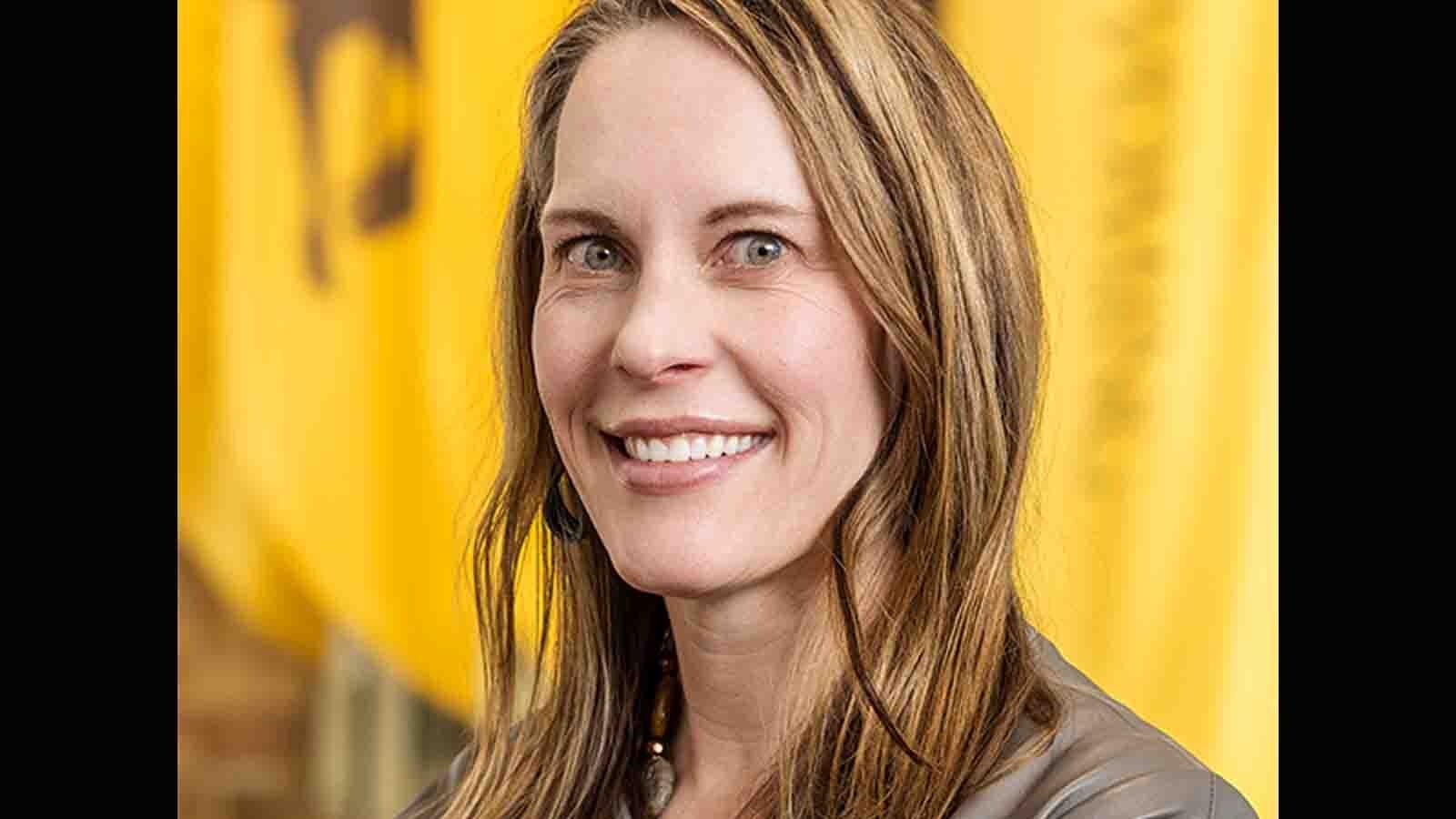Last week, I was honored to speak at the unveiling ceremony of the first direct air capture (DAC) system in the world designed for mass production. I came away encouraged.
The DAC machine looks simple. It’s the size of a shipping container with 12 fans laid out in double rows on one side of the unit with a corresponding number of filters on the other side.
The fans draw air past the filters to trap carbon dioxide (CO2). Then the CO2 is removed or desorbed from the filters in a steam stream. The pure CO2 is then ready to be compressed for use in strengthening concrete, or making sustainable aviation fuel, or injecting into geologic formations thousands of feet underground.
Behind this simple machine, though, are a lot of complicated parts. It took thousands of hours from many engineers, welders, fabricators, electricians, programmers, and supply chain experts to bring this machine to life, so I want to congratulate CarbonCapture Inc. for pulling it off. Well done!
Now comes the hard part—deploying the machines (which CarbonCapture calls “modules”) in various locations around the country to build projects for massive removal of CO2 from the air to utilize in products or permanently and safely store it underground.
These modules cannot be deployed everywhere. They need the type of world-class geology that Wyoming offers for geologic sequestration which the University of Wyoming’s School of Energy Resources (SER) has researched for decades to prove it can be done safely.
They also need the world-class energy resources that Wyoming can provide from coal with carbon capture and sequestration, wind, solar and nuclear. They need Wyoming’s all-of-the-above energy strategy.
Wyoming has the key ingredients to grow durable energy businesses that will pay family-sustaining wages for decades. Our state has invested in carbon capture and sequestration from the beginning.
We’ve welcomed ExxonMobil’s pioneering carbon capture and enhanced oil recovery facility at Schute Creek. We’ve pushed SER to pioneer research in geology and carbon use.
We’ve obtained primacy from the EPA to be able to regulate underground storage. We’ve permitted some of the first Class VI injection wells in the country. We’ve laid the foundation for an all-of-the-above energy economy. We now need companies to come here and build in a sustainable way that we can trust.
Wyoming is an ideal place for carbon capture and sequestration, but it’s not the only place in the U.S. where it can be done. Two other states, Louisiana and Texas, have managed to attract major DAC companies with hundreds of millions of dollars of both federal and private investment that will roll into their local economies.
CarbonCapture Inc. is currently going after one of these big federal grants, which would be equally matched by private capital, to bring many million of dollars into Wyoming to connect all elements of the carbon management economy: coal with point source capture, carbon dioxide pipeline transport, and geologic sequestration.
They’ve already hired one full-time Wyoming employee and they’re implementing a robust community benefits plan to support and respect the communities that will host the technology by ensuring that DAC fits within Wyoming’s culture and values.
This is the reason why I wanted to speak at the unveiling ceremony of CarbonCapture Inc.’s DAC module. Wyoming needs energy businesses like this, and likewise they need Wyoming. Our state must encourage a key component of an all-of-the-above energy strategy and make it a Wyoming-branded industry.
I’ve said it before in an op-ed that I wrote last December and I’ll say it again: “If we are not leading, we are following; and in Wyoming we like to break trail. Once again Wyoming is proving to the world, we know energy.”
I’m glad I got to speak on this momentous day. I hope one day soon we can reap the jobs and economic benefits of this DAC industry right here at home.
J.T. Larson represents House District 17 in Rock Springs.





